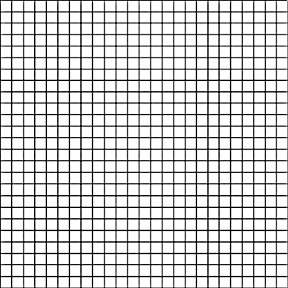Group Member Names:
Date ______________
_________________________________
Period ______________
_________________________________
_________________________________
The Universal Stretch!
Lab C Student Worksheet
Procedure
- Look at the data from Lab A for a given galaxy. Consider this: you have essentially taken "snapshots in time" of the locations of the galaxies. First at some initial time, they were located at the Initial Distance. Then, at some later time, they were located at the Final Distances. Whatever time it took, all of your galaxies moved for the same amount of time in order to get from their Initial Distance to their Final Distance. So plot time on the X-axis and use to as the time of the initial distance and t1 as the time of the final distance.

- Calculate the slope for each galaxy. This is a measure of the galaxy's velocity. Remember velocity = distance / time. Here you will have a slope in the form of some number of cm divided by a time of (t1-to).
(#1)_______________
(#2)_______________
(#3)_______________
(#4)_______________
(#5)_______________
- Now do as American astronomer Edwin Hubble did: plot the velocity as the dependent (Y) variable and the Initial Distance as the independent (X) variable.

- What relationship do you see? Discuss.
______________________________________________________________________
______________________________________________________________________
______________________________________________________________________
This is exactly what Edwin Hubble saw. He realized that the data he obtained by observing the apparent movement of galaxies were explained by the expansion of our Universe!
This site currently under
construction to become 508 compliant.

